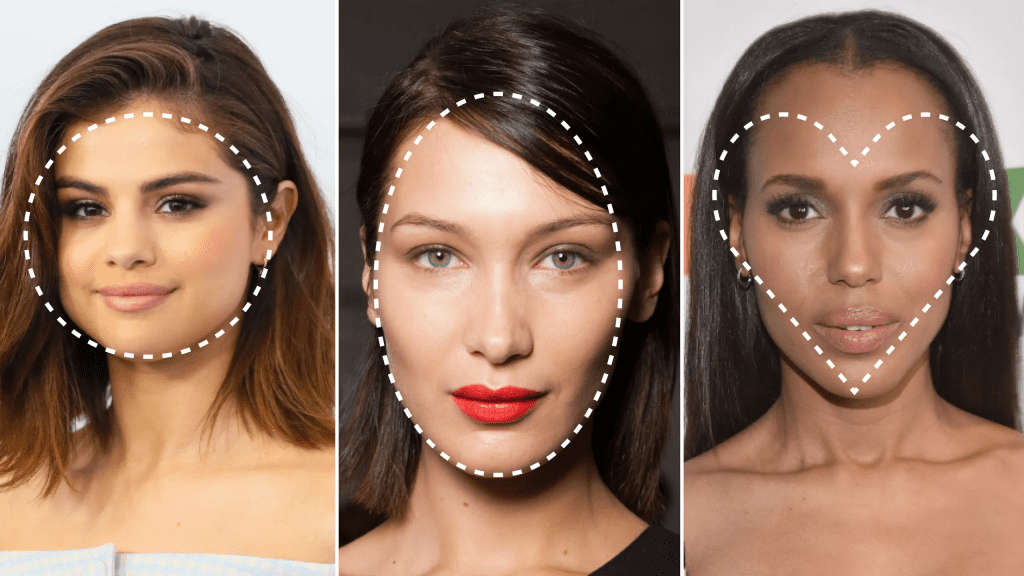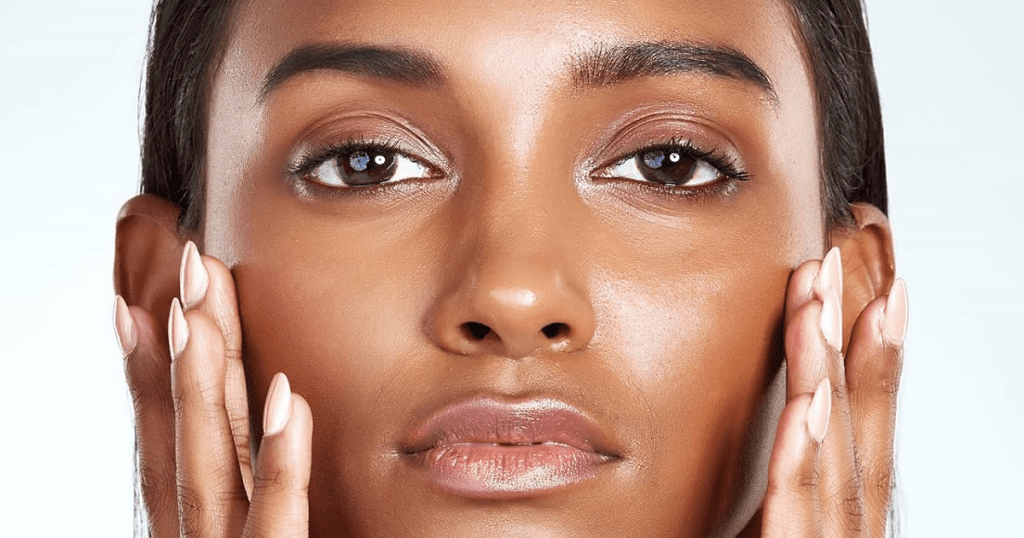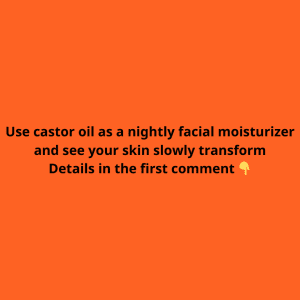Your face can tell a lot more about your internal health than you might realize. It can reveal vital signs about your blood sugar levels and overall well-being. From the shape of your face to the texture of your skin, every detail can offer clues about how your body is managing its blood sugar. Let’s explore seven key things your face might be telling you about your blood sugar and health, and how adopting a healthier lifestyle, such as the keto diet and intermittent fasting, could make a difference.
1. The Shape of Your Face: A Sign of High Insulin

The shape of your face could be the first clue. If your face tends to be round or puffy, it might indicate that your body is producing too much insulin. High insulin levels are often caused by consuming too many carbohydrates and sugars. When the body stores glucose as glycogen, it also retains water—approximately three grams of water for every gram of glycogen. This excess fluid retention gives the face a bloated or fuller appearance.
What to do: By reducing your carbohydrate intake and adopting a low-carb or ketogenic diet, you can lower your insulin levels and reduce fluid retention, which can help slim down the face over time.
2. Puffiness Around the Eyes: Kidney Stress
Ever notice puffiness under your eyes, especially in the morning? This could be a sign that your kidneys are under stress, possibly from too much fluid retention due to high blood sugar levels. When the kidneys struggle to manage the excess fluid in your body, it can result in swelling around the delicate tissue under your eyes.
What to do: Lowering your blood sugar levels and improving your kidney function by drinking plenty of water and avoiding excessive carbohydrates can help reduce puffiness. Adding more potassium-rich foods like leafy greens may also benefit your kidneys.
3. Bloodshot Eyes: A Liver Issue?
Bloodshot eyes could be another indicator of blood sugar-related issues, particularly involving your liver. When the liver struggles to process toxins or regulate blood sugar effectively, it can result in a buildup of stress, causing the whites of your eyes to become red or irritated. A deficiency in vitamins B2 and B3 might also contribute to this, but most of the time, it’s linked to liver health.
What to do: Supporting liver function with a healthier diet, reducing alcohol intake, and including liver-friendly foods like leafy greens, turmeric, and cruciferous vegetables can improve your liver health and, in turn, reduce bloodshot eyes.
4. Fat Under the Chin: A Warning Sign of Fat Accumulation
Extra fat under the chin can be more than just a cosmetic concern—it’s often a sign of fat accumulation due to high insulin levels. When insulin is high, the body struggles to burn fat, leading to a spillover effect that causes fat to accumulate around areas like the chin and neck. This can contribute to sleep apnea and other health issues.
What to do: Adopting intermittent fasting and following a keto diet can help lower insulin levels, reduce fat storage, and burn excess fat, including the fat under your chin.
5. Oily Skin: Zinc Deficiency and Insulin Resistance

If you’ve noticed that your skin is particularly oily, it could be a sign of both zinc deficiency and high androgen levels, which are often associated with insulin resistance. Oily skin might be an indicator that your body is producing excess insulin, causing an imbalance in hormones and leading to oilier skin.
What to do: Increasing your zinc intake through food or supplements can help balance your skin’s oil production. Foods rich in zinc include oysters, pumpkin seeds, and lean meats. At the same time, lowering your insulin levels through a low-carb diet can help regulate hormone levels.
6. Dry, Flaky Skin: Omega-6 Overload and Liver Strain
On the other hand, dry, flaky skin may point to a different issue. It could be due to an overload of omega-6 fatty acids or a problem with your liver. The liver plays a vital role in managing fat metabolism, and when it’s overloaded, it can lead to dry skin. Additionally, many people consume too much omega-6 (found in processed vegetable oils), which can exacerbate skin dryness and irritation.
What to do: Balancing your intake of omega-3 and omega-6 fatty acids is key. Incorporate more omega-3-rich foods, such as cod liver oil, fatty fish, and flaxseeds, into your diet. These healthy fats, along with vitamins A and D found in cod liver oil, can nourish your skin from the inside out and help reduce dryness.
7. Acne: High Insulin and Androgen Levels

If you’re experiencing frequent breakouts, it could be linked to high androgen levels, which are often caused by too much insulin. Acne occurs when excess insulin leads to increased oil production and clogged pores. High levels of androgens stimulate the skin’s oil glands, leading to more breakouts.
What to do: Reducing insulin through dietary changes, such as adopting a keto or low-carb diet, can help balance hormone levels and reduce acne. Zinc supplementation may also help reduce the severity of acne by regulating oil production and reducing inflammation.
Conclusion: What Your Face Says About Your Blood Sugar
Your face can tell you a lot about what’s happening internally, especially when it comes to your blood sugar levels. Whether it’s puffiness around the eyes, bloodshot eyes, or oily skin, these signs shouldn’t be ignored. By adopting a healthier lifestyle that includes intermittent fasting, a ketogenic diet, and the right nutrients, you can improve both your appearance and your overall health.
Paying attention to these subtle signals from your face can help you take proactive steps to manage your blood sugar and prevent more serious health issues down the line.


